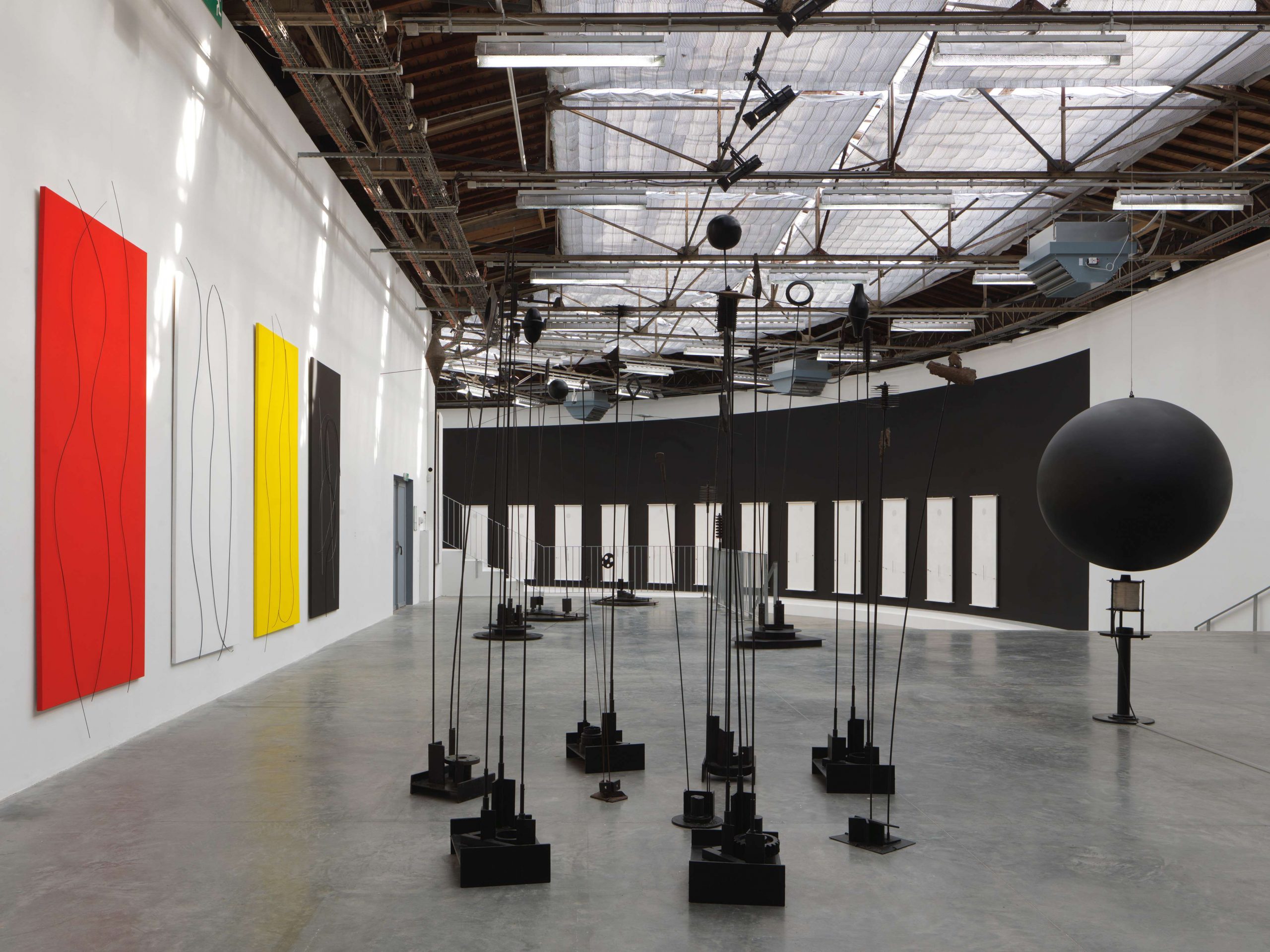Multidimensional, versatile, with a huge and inexhaustible talent, Takis is one of Greece’s most famous artists.
He is considered a pioneer in the contemporary visual arts and one of the fathers of kinetic art. Takis—or Panayiotis Vassilakis, to use his full name—revealed his talent from a very young age, Menia Kouli, Director of Public Affairs at the Takis Foundation, told To Vima.
Sculpting was his main passion, but he also developed an interest in scenography over time, creating the sets for musical works and performances and collaborating with international artists working in music and theater.
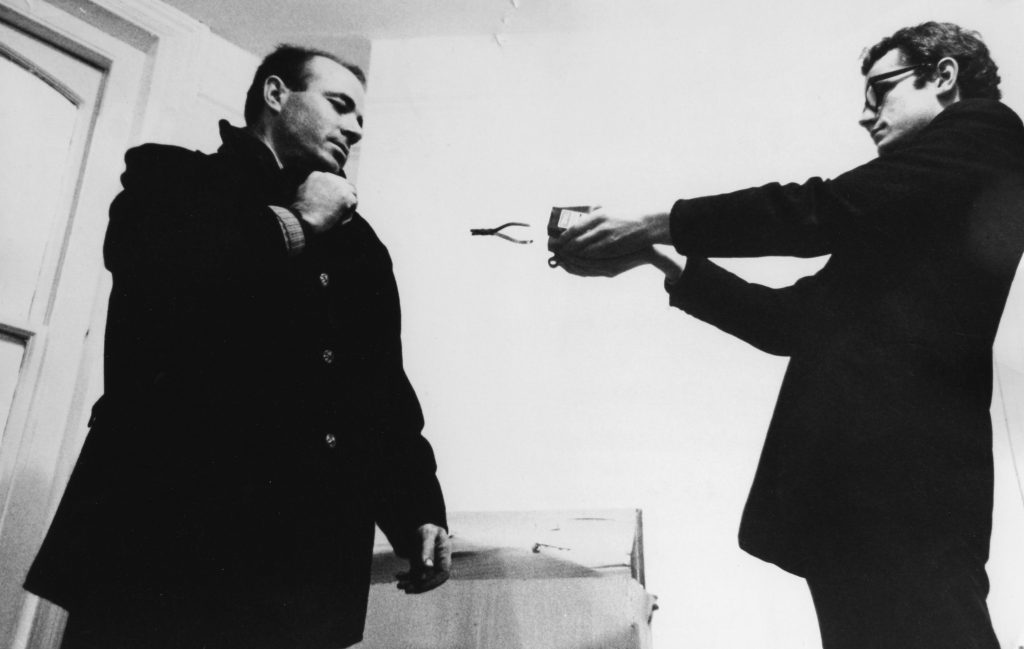
Photograph of Takis and Guy Brett 1966
His art has been shown in the most high-profile art galleries and adorns the permanent collections of some of the world’s most important museums, including the Pompidou Centre for Contemporary Art in Paris, the MOMA and Guggenheim Museum in New York, the De Menil Collection in Houston, the Tate Modern in London, and the Peggy Guggenheim Collection in Venice, Kouli added.
His last exhibition was in the Tate, in 2019, just before he passed away.
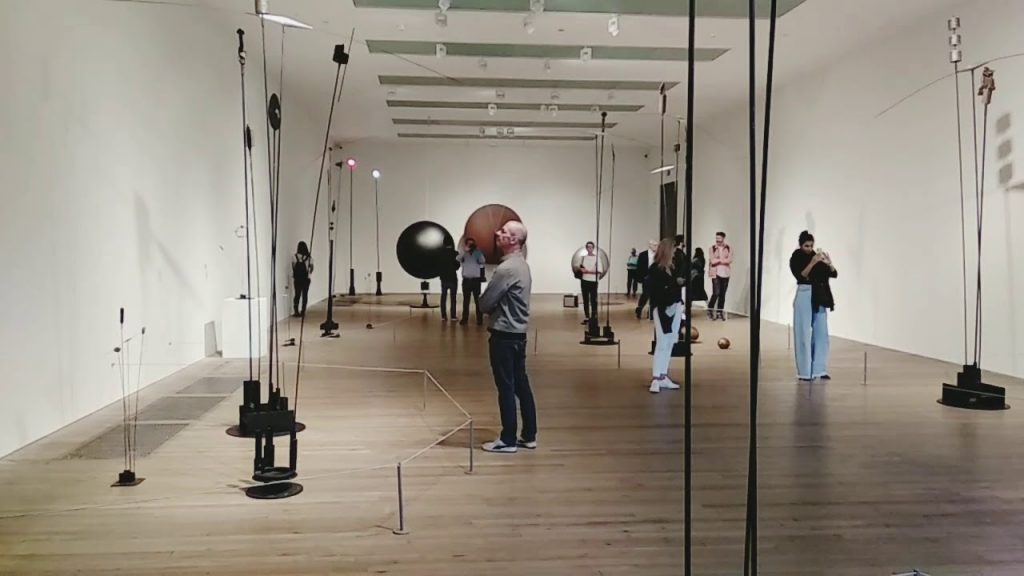
A “sui generis personality”, he experimented with the interactions between gravity and electromagnetism. He invented new forms of art by trying to give form to the magnetic fields of attraction and repulsion which surround us but remain invisible and diffuse in space.
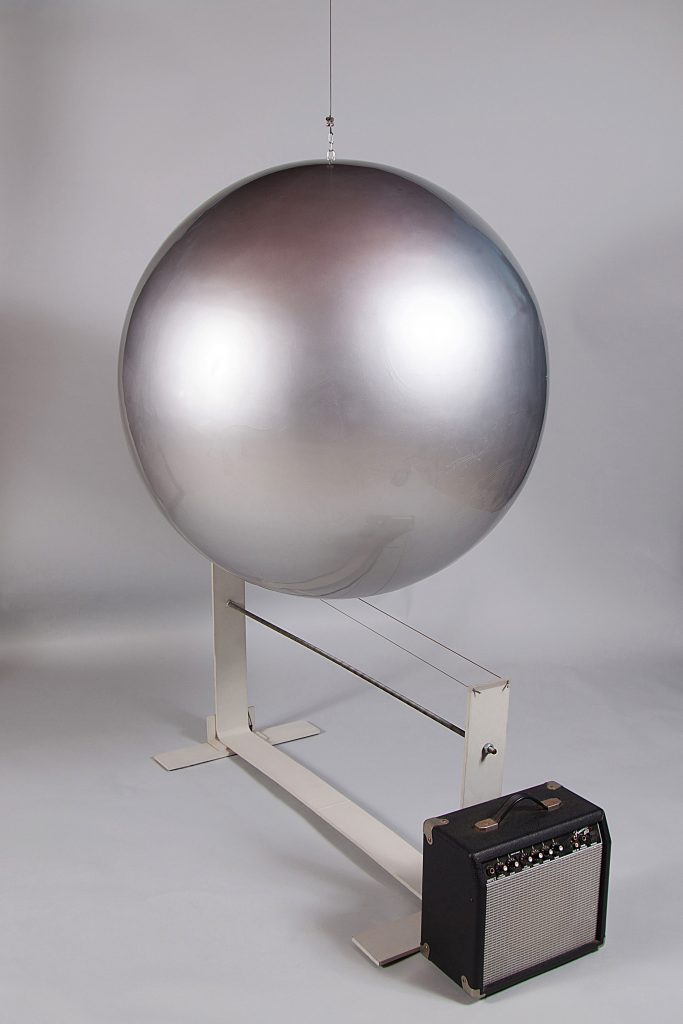
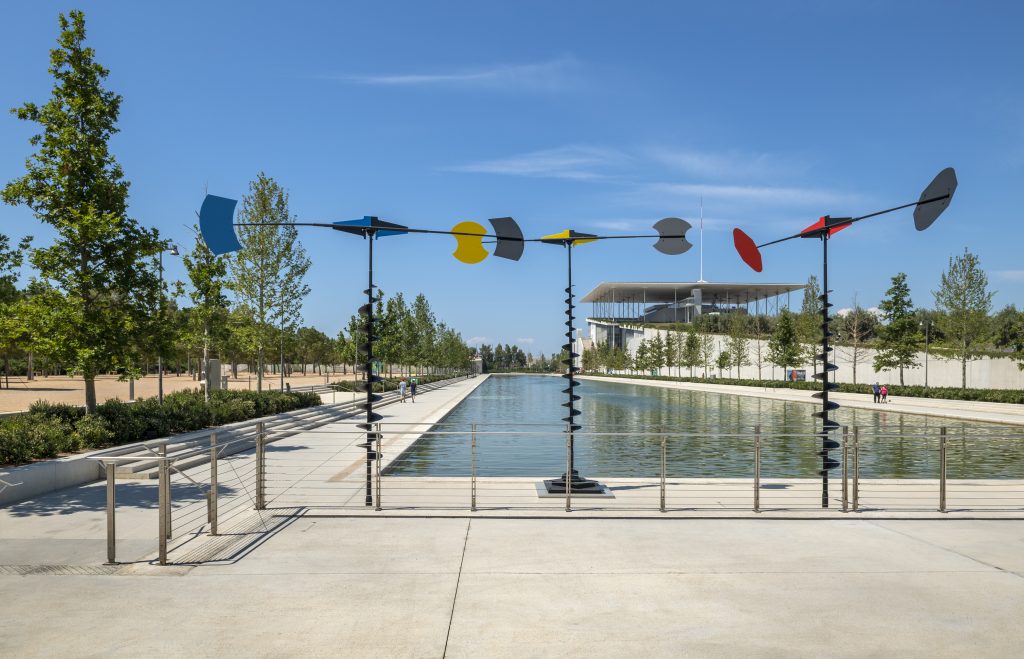
And while his works have the solid materiality of industrial materials (ready-mades), their content is transcendental, alien, spatial and planetary,” Giannis Kolokotronis, art historian and Professor in the Department of Architectural Engineering at the Aristotle University of Thessaloniki, told To Vima.
One of his main influences were the works of Picasso, Giacometti and Brancusi.
Takis worked in Brancusi’s atelier in the early years of his career in Paris, but what influenced him the most during this period were the city’s railway stations and airports, Kouli explains.
This was the era in which he created his famous “Signals”. Inspired by a visit to the railway station in Calais, these famous pieces are made of metal and vary in size from small to very large and were once described by Melina Mercouri as totems of the 20th century.
The “Signals” are an amalgamation of myth and science, of the primordial and the rational, which will later impose itself and transform the natural landscape into a technological one,” Kolokotronis told To Vima.
The very first “Signal” Takis created is in the form of antennae. His aim was to make the viewer feel and recognize the invisible forces of the cosmos; Takis was mesmerized by cosmic forces and by the universe, and he dedicated a lot of his art to trying to convey them.
Takis’ “Signals” were his trademark, and works from this series feature in several large private collections and are on display in museums around the world, including the Centre Pompidou. What’s more, the French Government granted him a space in which to display a “forest” of 49 of his “Signaux Lumineux”. The works have been on permanent display there since 1987, Kouli explained.
The “Signals” heralded a new era of technology, science and space for mankind. They remain as iconic today as they were when they were created, not only because they mark the transition from the post-industrial to the digital era, but also because the world we live in is an endless field of symbols and images, Kolokotronis notes.
Situated on a 10-acre plot in the foothills of mount Parnitha in Kamatero, Western Attica, the Takis Foundation is the birthplace of many of his creations. Several of his most distinguished pieces are also on permanent exhibition there. Indeed, a series of “Signals” can be viewed from the balcony overlooking the gardens.
Takis left a huge legacy to contemporary art in the form of his works, research, books and, above all, his Foundation, and he is rightfully included among the greatest Greek visual artists. His Foundation continues his vision through activities which include educational programs based on his work, tours of the Museum and its gardens, exhibitions and collaborations with other museums and organizations in Greece and abroad, as well as third-party events and receptions in its spaces and grounds.
The Foundation embarked on a new action recently, the “Takis Dialogues”. Their aim is to revive Takis’ celebrated and innovative performances with a modern look and feel, along with his love of Music and Theater, and to present the public with an alternative and contemporary dialogue between the artist’s work and other artists in different fields in the Museum grounds, which he lived and created his art.
The first Dialogue—with Konstantinos Rigos and the OKTANA dance theater—was a huge success.
The foundation is open daily by appointment.
